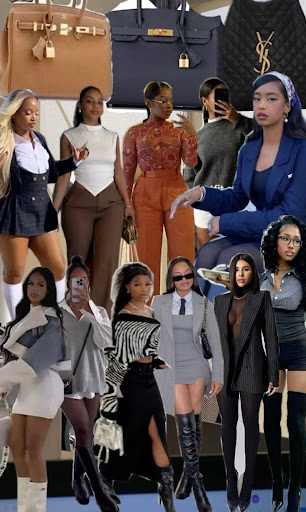
Is the African Mother Tongue Vanishing?
Written by Kemi Adedoyin In Eastern Nigeria, a grandmother leans over a pot of simmering egusi soup, instructing her granddaughter in measured, melodic Igbo: “Gbaa mmiri na ofe.” The child hesitates, confused, then responds in hesitant English, “What did you say, Grandma?” The elder sighs not just at the language barrier, but at what it signifies. Across Africa, scenes like this unfold every day. The question lingers in the air like unspoken history: Are we losing our mother tongues?A Crisis of Language & Identity Languages are not just tools for communication; they are vessels of worldview, memory, and identity. The African continent is home to over 2,000 languages, accounting for nearly a third of the world’s linguistic diversity. From Twi in Ghana to Shona in Zimbabwe, Lingala in the DRC, and Wolof in Senegal, African languages are deeply tied to indigenous knowledge systems, oral traditions, and cultural values. Yet many of these languages are at risk. UNESCO classifies more than 200 African languages as endangered, with some like Kw’adza (Tanzania) or Oropom (Uganda/Kenya) facing extinction. Alarmingly, even widely spoken tongues like Yoruba or Xhosa are experiencing subtle erosion, not in raw speaker numbers, but in fluency, context, and intergenerational transmission. Colonial Hangover or Modern Convenience? The decline of African mother tongues cannot be divorced from our colonial past. European powers imposed their languages, English, French, as tools of governance, education, and commerce. Post-independence, most African states retained these languages in their official capacities, cementing their dominance. It’s not uncommon to hear an African parent proudly say, “My child speaks perfect English,” but bristle when the same child struggles to speak their native dialect. In many urban African homes, English or French is the default medium of instruction, especially among middle-class families who associate mother tongue use with backwardness or rural life. Diaspora Dilemmas In the African diaspora, the situation is even more complex. African immigrants often find themselves raising children in countries where their languages are almost absent from the public sphere. A Nigerian-American child might know how to say “bawo ni” (how are you) in Yoruba, but not much else. In the UK or U.S., maintaining African languages often competes with assimilation pressures and a lack of institutional support. Yet, there’s also growing nostalgia. Many second-generation Africans are actively trying to reclaim what was lost. Language apps now teach Amharic, Tigrinya, Zulu, and Akan. Online platforms like YouTube and TikTok feature young Africans learning or laughing through tongue-twisters from their motherlands. That longing reveals something profound: even when language is lost, the desire for connection endures. Language is Power and Policy The slow vanishing of African languages is not just a cultural loss. It could be a political one. As Ngũgĩ wa Thiong’o wrote in Decolonising the Mind, “Language carries culture, and culture carries the entire body of values by which we come to perceive ourselves and our place in the world.” To abandon African languages is, in some ways, to continue the colonial project of erasure. In Tanzania, the government has promoted Kiswahili as a unifying national language, even using it in parliamentary proceedings. South Africa’s constitution recognizes 11 official languages and encourages everyday use. In Senegal, Wolof is increasingly used in education and media, even if French remains dominant. Technology, too, is offering hope. Google recently expanded support for African languages in Translate. African developers are creating voice-to-text systems in Hausa, Igbo, and Kinyarwanda. What Happens When a Language Dies? When a language disappears, it’s not just words that are lost. Proverbs, lullabies, ritual chants, indigenous plant knowledge, and traditional law all evaporate into silence. No English translation can truly capture the wisdom of a Yoruba, Igbo, or Ewe proverb. Translate it literally, and the magic leaks out. Ngũgĩ wa Thiong’o once remarked, “If you know all the languages of the world but don’t know your mother tongue, that is enslavement.” To lose a language is to lose a way of seeing the world. Can Africa afford that? So, Is the African Mother Tongue Vanishing? Yes and no. Some languages are dying. Others are transforming, evolving, or being revitalized. What’s clear is that we’re at a crossroads. If current trends continue unchecked, we could lose hundreds of tongues in a few generations. But if we act with intention and creativity, African mother tongues may not just survive. They could thrive. Parents must speak to their children in their language. Schools must value them. Governments must legislate for them. And we writers, techies, artists, and dreamers must use them. Not as relics, but as living, breathing vehicles of who we are. Because in the end, language is not just a means of communication. It is memory and rhythm. And it is ours to keep or let slip away.









